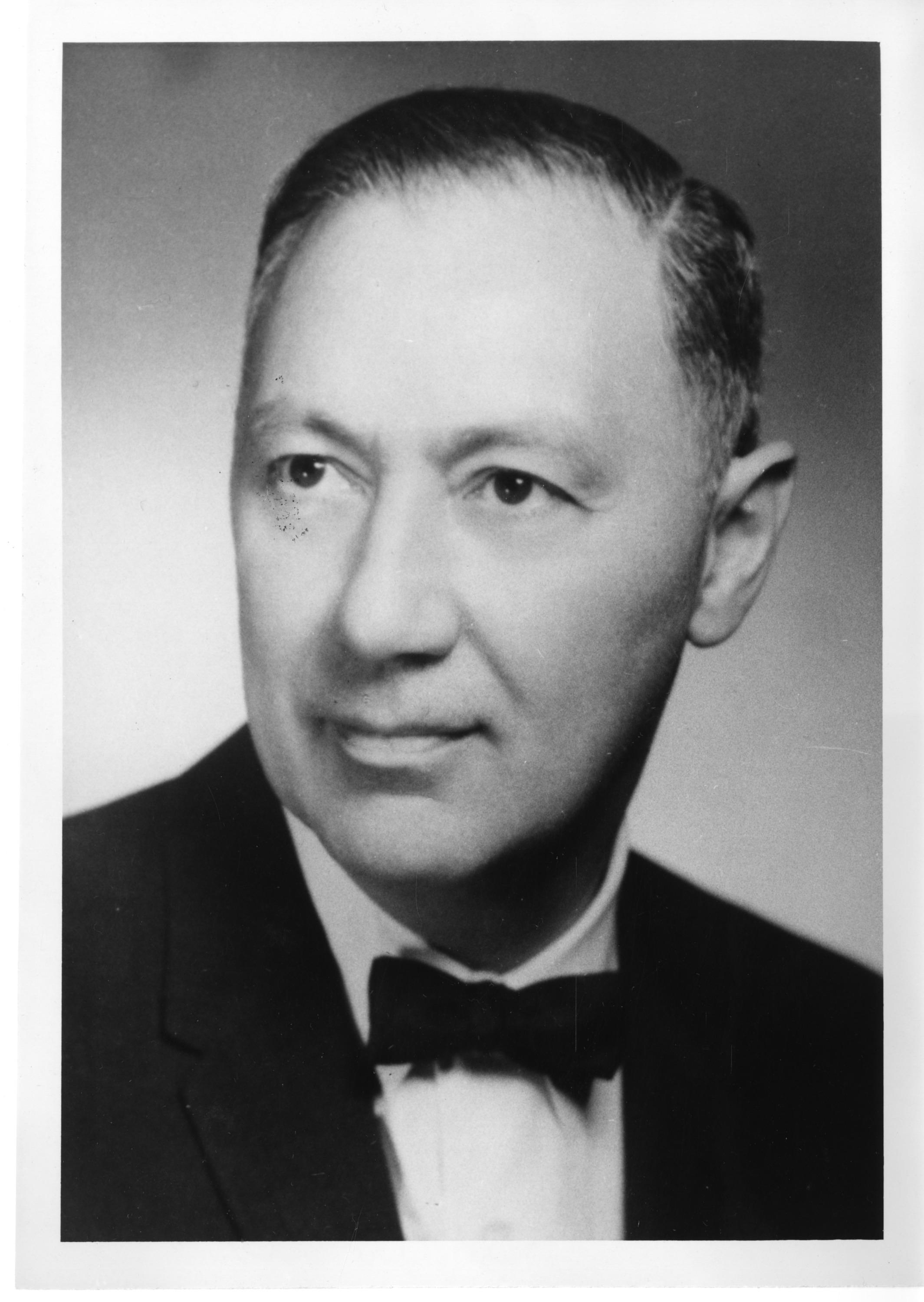About Professor M.D. (John) Hassialis
Stan's doctoral dissertation from 1954 includes this acknowledgement.
The author wishes to express his thanks to Prof, M. D. Hassialls and Dr. R. C. Anderson for their invaluable help and inspiration in the conduct of this research.
So who was this Professor Hassialis who apparently played a major role in Stan's doctoral dissertation? Was he the thesis advisor? Was he in a different department or even a different school at Columbia?
Hassialis doesn't have a Wikipedia page (he should), but when he died in 1995, his AP obituary was carried in newspapers across the country.
March 24, 1995 RIDGEWOOD, N.J. (AP) Menelaos D. Hassialis, a professor of mining at Columbia University and a consultant on the Manhattan Project, died March 16. He was 85. Hassialis' work on the secret development of the atomic bomb focused on how to make alloys containing uranium by machine. He received two U.S. patents of that work. In 1950, he directed the U.S. government's successful Atomic Energy Project for the Recovery of Uranium, which attempted to recover uranium oxide from ores as cheaply as possible. Hassialis represented the United States at the Geneva conferences on finding peaceful uses for atomic energy. He also pioneered the recovery of petroleum from oil shales. Hassialis joined the faculty at Columbia in 1937 and retired in 1978. He was chairman of Sandvik Inc., which makes tungsten carbide steel for use in cutting tools.
The New York Times ran its own featured obituary, pictured above. There are some more details about the project he ran.
He directed 125 scientists and supporting research staff in developing economical ways to retrieve small amounts of uranium oxide from mined ores. The eight-year project produced two acceptable solutions to what leading atomic scientists then regarded as one of the most pressing problems in the field of nuclear energy.
Facts:
• Chess club, West Side YMCA, 1931
• Competed in Olympic Selection Chess Tournament, 1933
• Columbia University Great Teacher Award, Engineering, 1957
• Tenured faculty representative of the Engineering College on the Columbia University Senate, 1969
Hassialis was involved in classified work related to weapons development at two points in his career. According to the Columbia University Record:
From 1943 to 1945, he was a consultant to the Manhattan Project, advising scientists on the machinability of uranium-molybdenum alloys. He was granted two U.S. patents for his work.
In 1950, he was appointed director of the government's Atomic Energy Project for Recovery of Uranium, a research project at Columbia that employed 125 scientists and other support personnel. The goal of the project was to economically recover uranium oxide from mined ores. A report by I.I. Rabi, then professor of physics at Columbia, and J. Robert Oppenheimer, who had led the effort at Los Alamos National Laboratory to perfect the atomic bomb, called the problem the most important then facing the United States in the nuclear energy field. By the time the project ended in 1958, it had produced two acceptable solutions.
It is during this second period that his career apparently intersected with Stan's.


